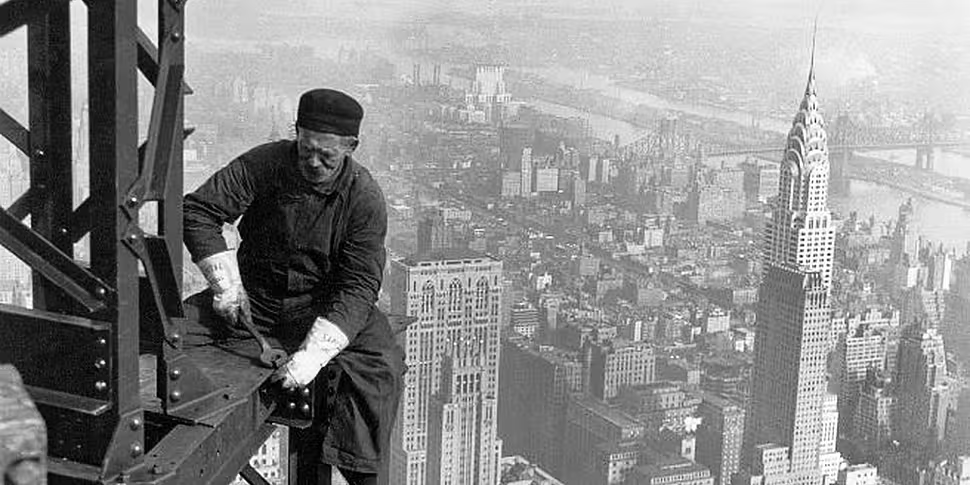In the 16th century modern Europe was taking shape. The Renaissance was putting shape to an artistic, religious, and cultural map whose boarders can still be felt today. Some of the greatest changes were happening in commerce and economics. A growing merchant middle class was using developments in navigation and maritime travel to forge a better world for themselves, raising the fortunes of their homelands with this waxing tide.
The Mediterranean was a major part of this revolution. This sea connected Europe, North Africa, and the Middle East; providing trade routes that would allow the growing states and kingdoms of the West to challenge the Ottoman superpower in the east.
Journalist and historian Noel Malcolm’s latest book, ‘Agents of Empire’, tells the story of the Mediterranean and how central it was to the massive changes during the 16th century. Subtitled, ‘Knights, Corsairs, Jesuits, and Spies in the 16th Century’, the story follows two Albanian families, the Brunis and the Brutis, as they help shape the changing fortunes of Europe and the future of the world.
This is a great exploration of an exciting period of history. A great read for anyone interested in the amazing world of knights, adventurers, politicians, and merchants who used all the tools available to them to change the world during the 16th century.
In the 20th century the great European powers were knocked off their perch on top of the world by the upstart United States. The great beacon of the New World where dreams could become manifest the US attracted and produced the greatest minds of the late 19th and early 20th centuries. New York in particular became a hub for artists, thinkers, writers, and creators who wanted to change the world.
Christoph Linder’s latest book, ‘Imagining New York City’, looks at how the great metropolis of the East Coast took shape and came to be the iconic city of the 20th century. Looking at the city’s streets and its iconic skyline Linder explores how the Big Apple took shape and its journey from relative distain in the 19th century to the iconic metropolis by the beginning of the Second World War.
This book will fascinate anyone with an interest in New York, architecture, and the modernist movement. It offers a wonderful insight into the urbanisation of the Western world and how the concrete jungle became the favourite playground of man’s greatest minds and artists.
World War II cemented the United States’ place as one of the world’s two dominant powers and New York as its cultural heart. This ascendency and the onset of the Cold War dominated the narrative of the Second World War. This has seen the heroism of many nations and peoples overlooked. Dr Yasmin Khan’s latest book, ‘The Raj at War’, tries to rectify this and sheds light on the role India and the Indian people played in this global conflict.
Recounting the story of the 2.5 million Indian volunteers who fought around the globe in the Second World War would be a hard enough task, yet Dr Khan goes far beyond that and includes the role played by the nurses, factory workers, seamen, as well as the various social and political movements going on in ‘the jewel in the crown of the British Empire’. A social history as much as a military and political one ‘The Raj at War’ tells an incredible story of how India helped stem the Fascist tide and the little thanks she got in return.
This is a must read for anyone interested in the global story of the Second World War or the history of the world’s largest democracy.









